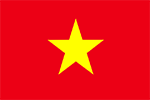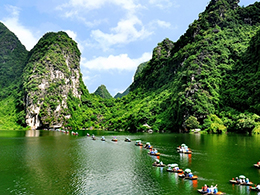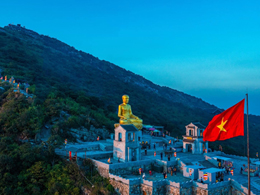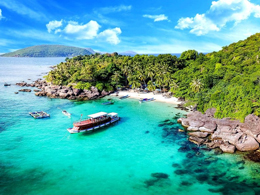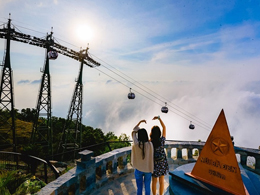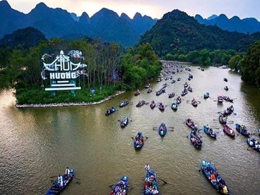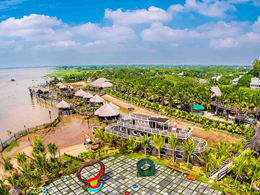
Vung Tau
Vũng Tàu is a coastal city in southern Vietnam, known for its beaches, seafood, and historical significance. Here's a detailed overview:
Location
-
Vũng Tàu is located in Bà Rịa–Vũng Tàu Province, about 100 km southeast of Ho Chi Minh City.
-
It sits on a peninsula, with the South China Sea on three sides, making it a popular seaside escape for both locals and tourists.
Attractions
-
Beaches
-
Back Beach (Bãi Sau) – The most popular beach for swimming and sunbathing.
-
Front Beach (Bãi Trước) – More scenic, close to the city center, great for walking.
-
Ho Coc & Ho Tram – Nearby beaches, quieter and more pristine.
-
-
Christ the King Statue
-
A large statue of Jesus (similar to Rio’s Christ the Redeemer) atop Núi Nhỏ (Small Mountain), with panoramic views after a hike up.
-
-
White Palace (Bạch Dinh)
-
A French colonial mansion that served as a summer residence for colonial governors.
-
-
Lighthouse
-
Built in 1862, offering views of the city and sea.
-
-
Thích Ca Phật Đài
-
A serene Buddhist temple and pagoda complex on Big Mountain (Núi Lớn).
-
Local Cuisine
-
Famous for fresh seafood, especially dishes like grilled squid, crab, and bánh khọt (mini savory pancakes with shrimp).
-
Street food and local markets (like Chợ Xóm Lưới) offer budget-friendly seafood options.
Culture & History
-
Once an important French colonial port.
-
Used as a rest and recreation area for American and Australian troops during the Vietnam War.
-
Home to a mix of Buddhist, Christian, and indigenous spiritual sites.
How to Get There
-
By car/bus: ~2-3 hours from Ho Chi Minh City.
-
By ferry: High-speed boat from HCMC to Vũng Tàu (~90 minutes).
Best Time to Visit
-
Dry season (November to April) – Ideal for beach activities.
-
Rainy season (May to October) sees occasional showers but is still popular.


